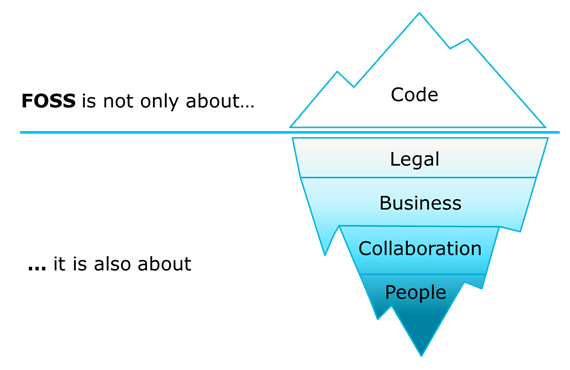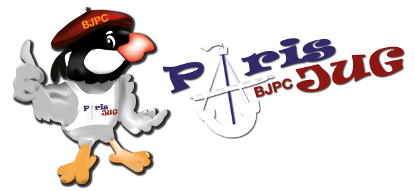Open Source isn’t just a fleeting trend in the tech world; it’s a transformative force, and I’ve had a front-row seat to its evolution for nearly two decades. While many casually throw around “Open Source” as a modern buzzword, for forward-thinking companies, it’s a pivotal strategy. It offers a blueprint for reduced costs, bolstered innovation, and expedited delivery, all the while serving as a magnet for industry talent. Yet, the real magic happens when companies don’t just join the Open Source bandwagon, but truly understand and respect its intricacies. This is where Open Source Governance comes in, which involves identifying and managing risks associated with Open Source components, such as security risks, licensing risks, and IP risks. At Worldline, we’ve risen to this challenge by developing a comprehensive governance structure that ensures effective management and utilisation of Open Source resources.
Read more
Details














